Is education more effective through digital tools or traditional print books and literature? The anecdotal debate is loud, but the timing of a number of studies is now starting to clear up the dust. What is also becoming clear is that the goals of education are just as important for lesson learning as the format used to convey the information.
Reading Consumption
There is no question that more material and information can be consumed faster in a wider array when in digital format. The simple fact that people scan information far quicker online than in print format proves this position. This works well for areas and training where a large amount of data has to be chewed through in a short period of time, even in flashcards. However, this does not mean that retention of the information for practical application happens at the same rate of consumption.
Retention
The ability to retain new information is better with print. Studies have found that when it comes to actual adoption of a learning principle read and learned, the print format forces the brain to process the information with memory. That in turn improves retention and recall when the lesson needs to be used again in practical test or quiz application. So the offset to the vast amount of digital information consumed is that the print format sticks in the student’s brain much better.
Convenience
Let’s face it – lugging around an entire library of print books is no cup of tea. Many a student’s back and arms have been made sore everyday dragging a backpack full of books around only to reference and read a few pages at a time. The digital format allows entire libraries to be kept at one’s fingertips on a digital pad. Further, the flexibility of being able to read the backlit tablet in any environment is a huge plus. Unlike the book, the digital format is often packaged with its own lighting source and plugin features, so the student can consume the information in many more situations. Multimedia capability also expands the digital reading with more learning styles in one. Skyscape’s app package, for example, allows interplay of multimedia and formula measurement tools for nursing students to practice their medical theory in the same reading session.
Cost
Students are extremely sensitive to cost, and print for educational materials is downright unjustified in many situations. The advantages of better retention are lost when print becomes so unaffordable a student can’t access the tool at all. Digital format allows easy renting and borrowing, which breaks the cost barrier into far more affordable layers. The scalable approach allows students of all income levels to access far more than ever possible with print education.
Performance
Interestingly, the majority of students score in the same range, whether using print or digital training. While there are exceptions, the vast majority of studies found little variance in score/grade outcome between the two formats. However, where tests involve cognitive reasoning and deduced answers, print training has the advantage, again due to retention. This may change, however, with greater use of multimedia training that triggers cognitive work versus just scanning text.
Given the factors above, it’s easy to see how what is expected of a student makes differences in whether an ebook or a print book is more effective overall. Understanding this underlying motivation in textbook format comparison is critical for an objective evaluation of which tool is actually better for education.
